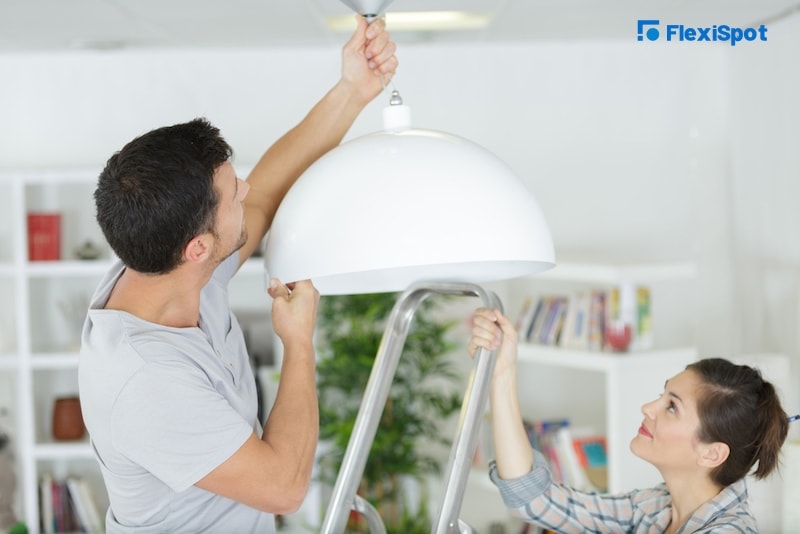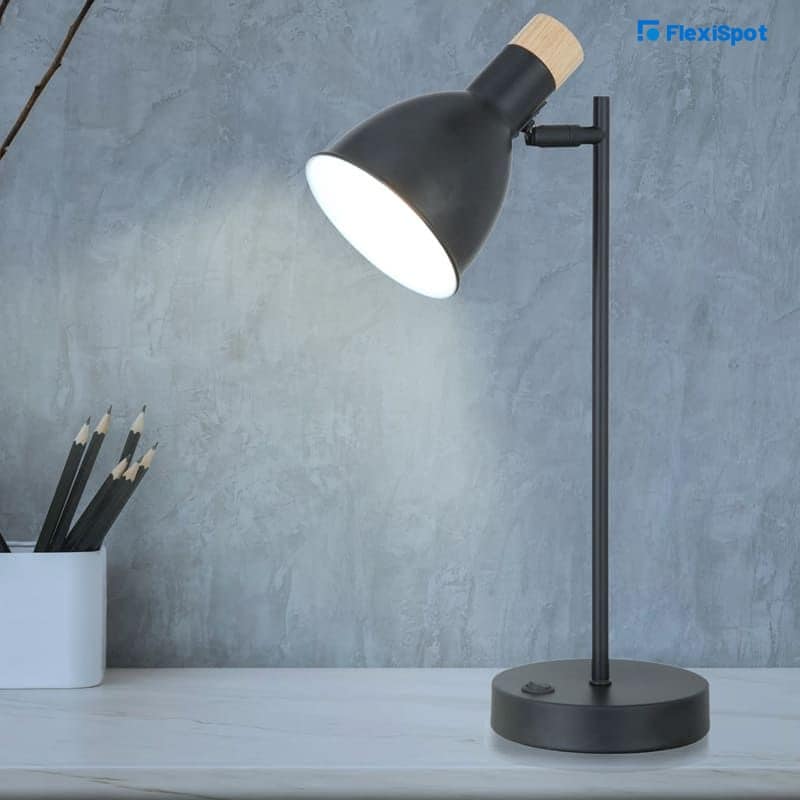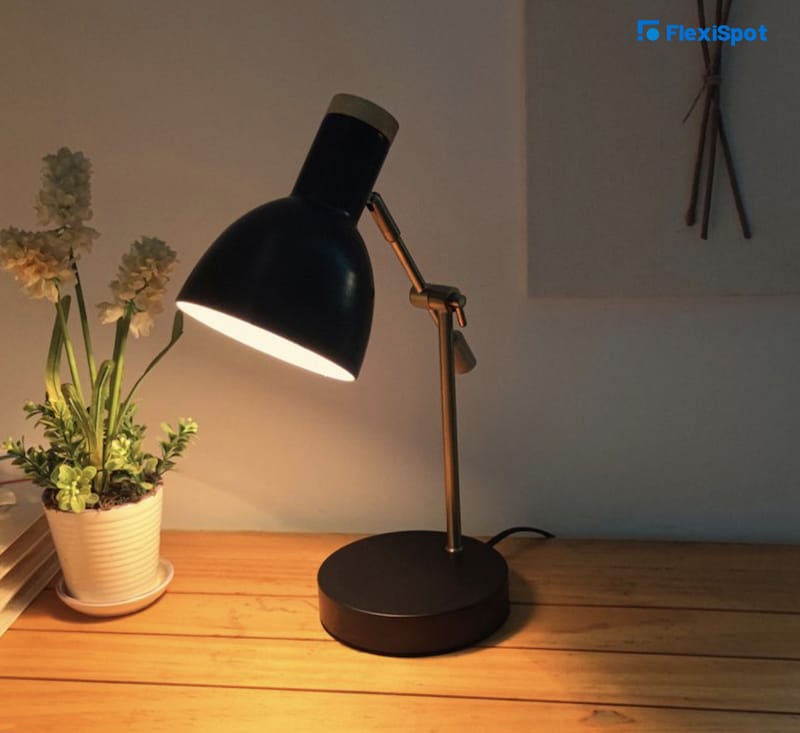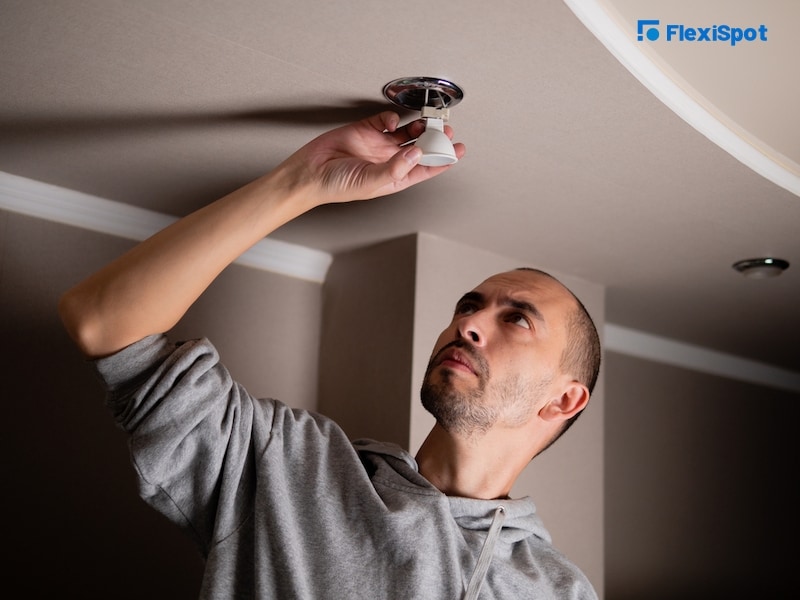Lighting design for interior spaces is among the most important things that one needs to consider, yet it's frequently overlooked by do-it-yourself designers. You don't have a well-decorated house unless you've adopted certain lighting design principles, no matter how meticulously you've furnished, organized, and embellished.
In addition, you'll want to consider lighting fixtures' appearance and feel, whether you want to match antique-style lights to your older house or create an elegant impression with a chandelier. The actual fittings, on the other hand, are a secondary consideration. To begin, make a strategy that will meet your basic lighting requirements.
How to Plan Lighting for the House?
Here are some steps that can help you with the fundamentals of setting a lighting strategy for the home.
Make A Lighting Strategy
Create a small proposal or lighting plan to address the fundamentals, whether you're starting from zero or remodeling a space. Consider what activities occur in each space (eating, lounging, working), what main elements you want to emphasize, and any architectural constraints you may have to consider. Before you make any design selections, think about the style, size, output, and even the color temperature of the lights. There will be fewer problems and hasty last-minute choices if you prepare ahead of time.
Use Many Lighting Sources
To generate mood and interest in a space, use layered lighting with diverse light sources on different levels. Maximize the space's size and form with lighting — uplighting helps a room appear bigger, low-hung pendants provide the sense of height, and lighting clusters make huge rooms feel cozier.
Use Spotlighting to Draw Attention to Your Favorite Items
Use lighting to draw attention to a feature wall, architectural aspect, or important item in a subtle (or not so subtle) way (like the mahogany table or a nice winged armchair). Warmth, elegance, and sophistication may be added to a space with wall-mounted lights that are symmetrically set on each side of a striking mirror over the mantle of a fireplace.
Check to See Whether the Lighting Is Appropriate
Consider what you'll be doing in each space and how lighting will influence or help you. Cooking needs more focused illumination; thus, a mix of recess lighting and strong downlights, such as in cupboards and lights above the stove, is beneficial. Flexible and directed illumination focused away from the user is preferable for reading. Flexispot has a reading lamp that you can use for this task! It will make the task of reading easier and remove strain from the eyes too. Downlights and sidelights are required in powder rooms. Dimmers will rapidly become the most favorite thing about the house, allowing you to easily adjust the ambiance and warmth of space while conserving electricity.
Select The Bulb with Care
The bulbs you pick need to be more than just a spur-of-the-moment decision made while rushing through the store after realizing they've blown. Take into account the following:
How bright should the place be?
What kind of environment do you want to create?
Should energy efficiency be taken into account?
Are you attempting to create a design or focus point (via size, form, or color)?
Make Your Visitors Feel at Ease
To pull people in, place a spotlight in the center of the dining table.
Illuminate The Path at Night
Harsh lighting that triggers momentary blindness when turning a switch makes late-night toilet excursions much unpleasant. To offer gentle warmth as well as a guide, invest in directed floor level light in corridors, stairs, and bathrooms.
A Little Goes a Long Way
Maintain a consistent concept, color scheme, and material finish throughout the house, particularly as it relates to lighting. Too many distinct types in a jumbled array across the house may be disorienting and unsettling. Neutral, softer tones will lighten up a room and make it look bigger, while statement splashes of color (such as lampshades) will offer intrigue and a hint of elegance and coziness. Maintain a straightforward and consistent approach.
Types of Lighting
As we all know, there are many different kinds of lighting that may be used in interior design. Each light has its own form, size, purpose, price, and brand. Let's get the fundamentals out of the way first before we get into the meat of the matter.
Based on their sources, lights may be categorized into two categories: natural and artificial. Natural light, such as moonlight or sunlight, is affected by the earth's and other celestial bodies' movement, which is completely beyond human control. Artificial lights, often known as man-made lights, are versatile in regards to intensity, design, color, and, most crucially, controllability.
Combustion light, such as candles and fires, is created by combining artificial and natural light sources, and it plays an important part in house decor. In order to get a harmonious appearance of lighting in any environment, all three kinds must be present.
Interior-decorating lights, on the other hand, may be classified into five main types:
Lighting (Ambient and General)
General and ambient lighting work best when utilized jointly to equally illuminate any given room. Ideally, it should be utilized in the place where we carry out our everyday tasks. Such lighting solutions are ideal for locations where we spend more time together, such as living rooms.
General lighting is exactly that - practical illumination for daily day and night usage. Ambient lighting will almost always be linked to a dimming mechanism so that the light levels may be adjusted according to the occasion. Ambient lighting is often employed for entertainment since it adds drama to the scene."
Task Lighting
By delivering the required illuminance for the completion of various tasks such as study, office work, cooking, or baking activities, task lighting is provided. Proper job lighting aids us in optimizing visual assistance by reducing magnification and reducing eye strain. Task lighting is best shown by a spotlight on your kitchen counter or in your closet, as well as a table-led bulb on your study table. Flexispot provides an amazing lamp that you can use for focused work that will help you in the long run!
Decorative Lighting
Accent lighting is used to concentrate light on a specific region or item in order to draw attention to the things you want to be seen. It emphasizes artwork, picture frames, the entryway, plants, and textured walls to create dramatic highlights. If done correctly, accent lighting may provide warmth and a welcoming atmosphere.
Smart Lighting
Smart lighting is a technology that is specifically intended to save energy and boost efficiency. It uses IoT systems and AI to auto-regulate characteristics like intensity and color in relation to its immediate surroundings.
When AI and IoT are coupled, the AIoT (artificial intelligence of things) is born. The internet of things may be compared to the digital nervous system, while artificial intelligence can be compared to the brain. Smart lighting systems are a form of AIoT, which may be controlled remotely over WiFi or Bluetooth in its advanced version.
Ambient Lighting
Mood lighting is utilized to decorate your favorite nook and make the environment attractive. After a long day, mood lighting may help you feel better by reducing stress and enhancing motivation. By circulating positive voices via a beautiful pattern of lights, led strips, color-changing lights, fairy lights, and other lights may be utilized to set the atmosphere.
What Are the Lighting Fundamentals That Interior Designers Adhere to?
Lighting Do's
Remember to consider the room's functioning. Lighting should be selected with consideration for the purpose of the space as well as the kind of furniture, since some furniture pieces may need certain lighting.
A brightness regulator, or dimming system, should be considered since it enables the light to respond to your mood.
Maintain consistency in color and intensity across all rooms. Irritation, tension, and eye fatigue might occur as a consequence of abrupt shifts.
Place lights on smaller walls to attract attention away from longer walls and make the room seem symmetrical.
It's important to keep in mind that a 60-70-watt bulb may be too intense for mood lighting. It's best to use a 40-watt bulb.
In order to preserve a calming look, utilize diffusers to fade out bright lighting.
Lighting Don'ts
Stick to a layered strategy rather than relying on a single primary light source, since this will result in unpleasant shadows.
Limiting oneself to a single source of light in any given place can result in unattractive shadows. Layering is important because it gives a room depth and dimension.
Do not overlook hidden electrical systems. An unattractive display of exposed wires might detract from the visual attractiveness.





